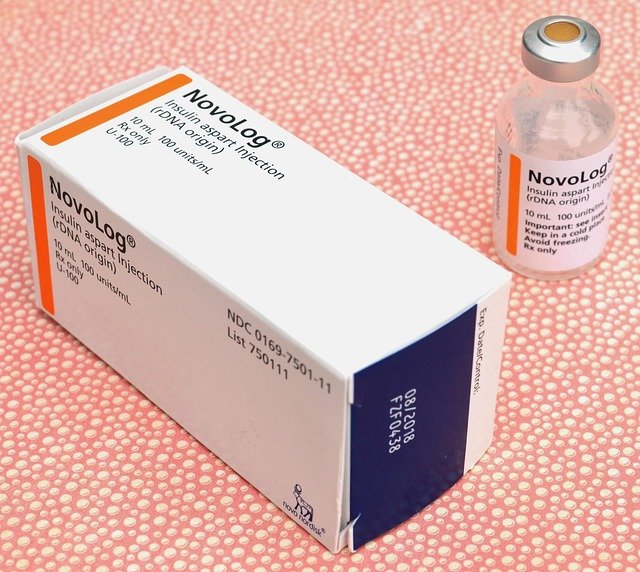Breaking Down the Science of Athletic Recovery
In today's fast-paced and competitive world of sports, one of the most crucial yet overlooked aspects is athletic recovery. The science behind how athletes bounce back from strenuous physical activities, and the techniques employed to ensure optimal recovery, is a fascinating topic that deserves more attention.

The Genesis of Athletic Recovery
The concept of athletic recovery has been around as long as sporting activities themselves. In the ancient Olympic Games, athletes would take breaks between events to rest and prepare for the next competition. However, it wasn’t until the 20th century that the science of recovery started taking shape. With advancements in sports medicine and physiology, experts started understanding the biological processes involved in recovery and how to optimize them. Today, recovery is seen as a key component of athletic performance, with entire recovery protocols designed around an athlete’s training and competition schedule.
Current Trends in Athletic Recovery
In recent years, there has been a shift towards more holistic recovery methods. This includes techniques like active recovery, which involves light physical activity to promote blood flow and aid in muscle repair, and passive recovery, which includes rest and proper nutrition. Other popular methods include cryotherapy, compression garments, massage, and even psychological strategies like mindfulness and meditation.
Benefits and Challenges of Athletic Recovery
The benefits of effective athletic recovery are manifold. It reduces the risk of injuries, improves athletic performance, boosts overall well-being, and prolongs an athlete’s career. However, implementing recovery strategies isn’t without challenges. Every athlete is unique and what works for one may not work for another. It requires a deep understanding of an athlete’s body, lifestyle, sport, and individual goals to design an effective recovery protocol.
Evidence-Based Insights on Athletic Recovery
Numerous studies underline the importance of athletic recovery. Research shows that proper recovery can enhance performance, reduce muscle damage, and minimize inflammation. However, more research is needed to fully understand the complex interplay of factors that influence recovery and how to tailor it to individual athletes.
Making Athletic Recovery Accessible
While professional athletes have access to state-of-the-art recovery facilities and specialists, it’s important that amateur athletes and fitness enthusiasts also incorporate recovery into their routine. Simple techniques like adequate sleep, proper hydration, and balanced nutrition can go a long way in aiding recovery.
In conclusion, athletic recovery is an integral part of sports performance. As our understanding of the science behind it continues to evolve, it’s clear that an effective recovery strategy is just as important as rigorous training and innate talent.




